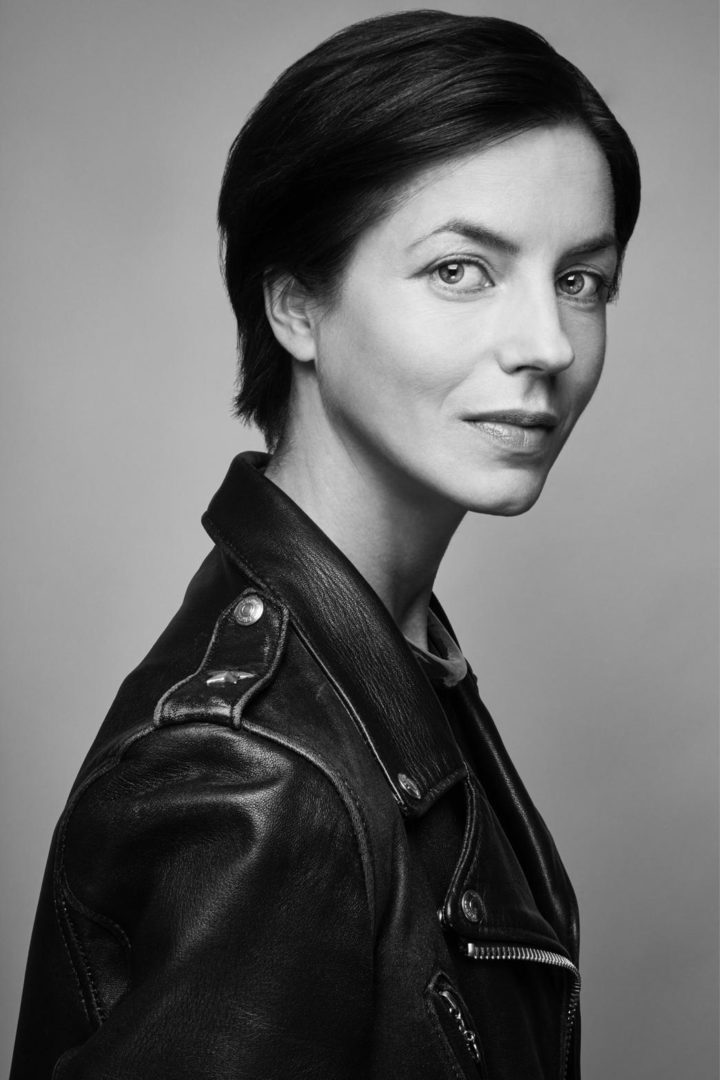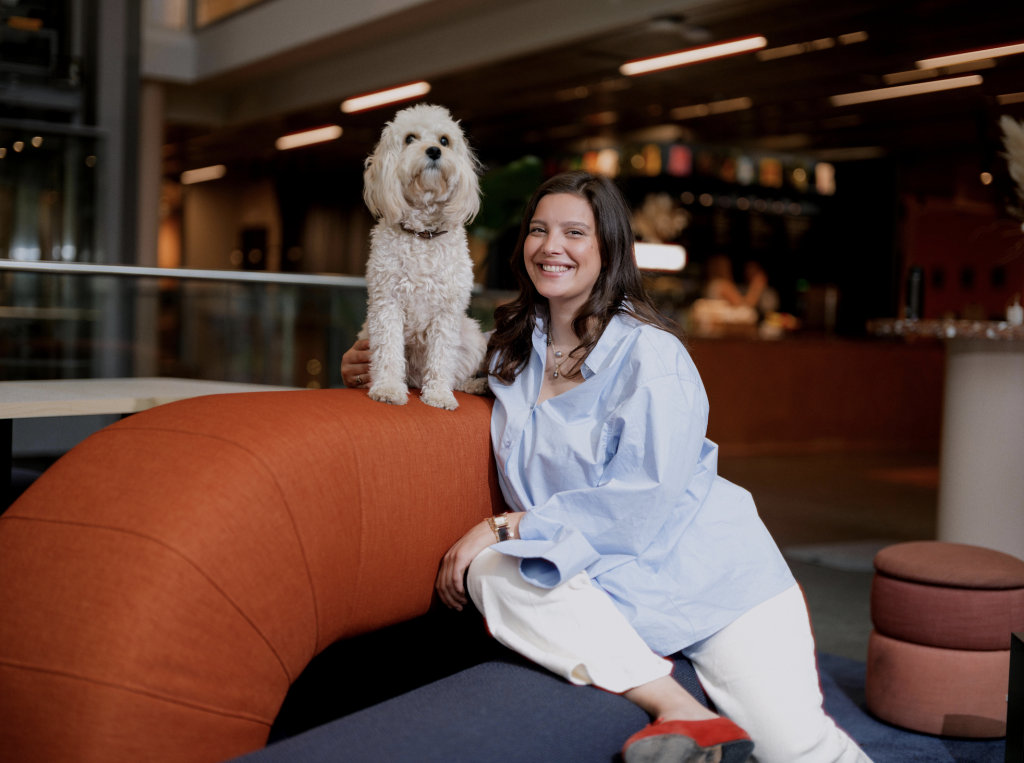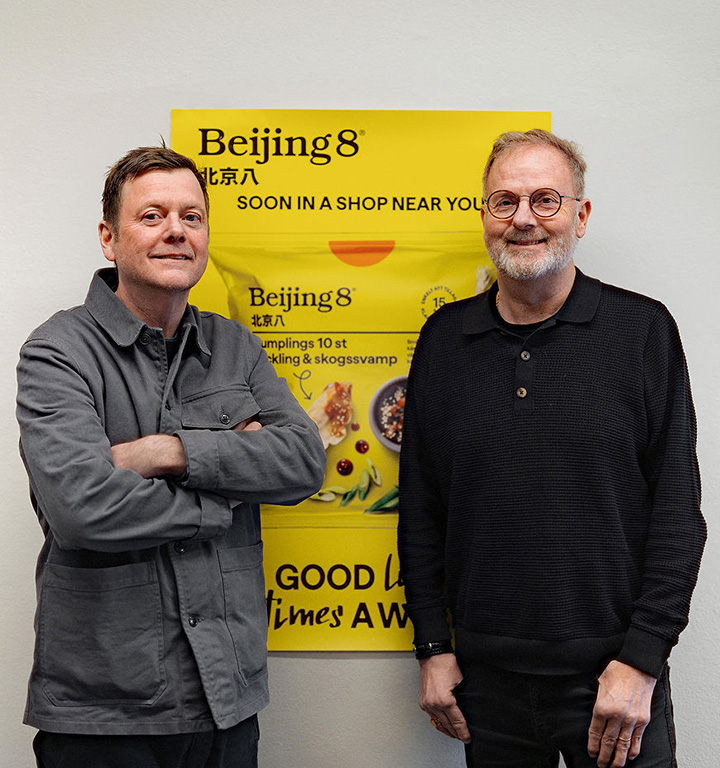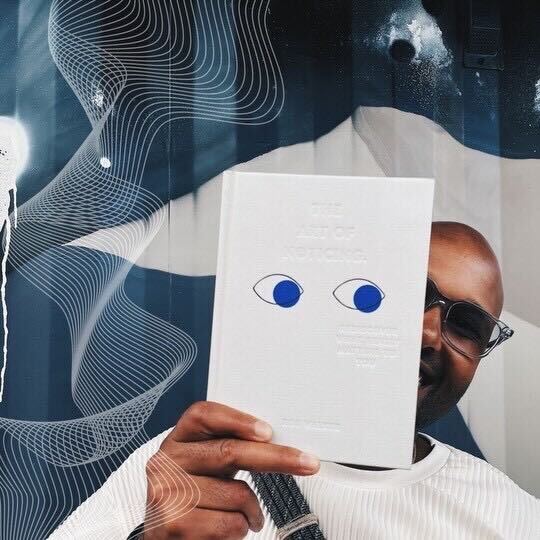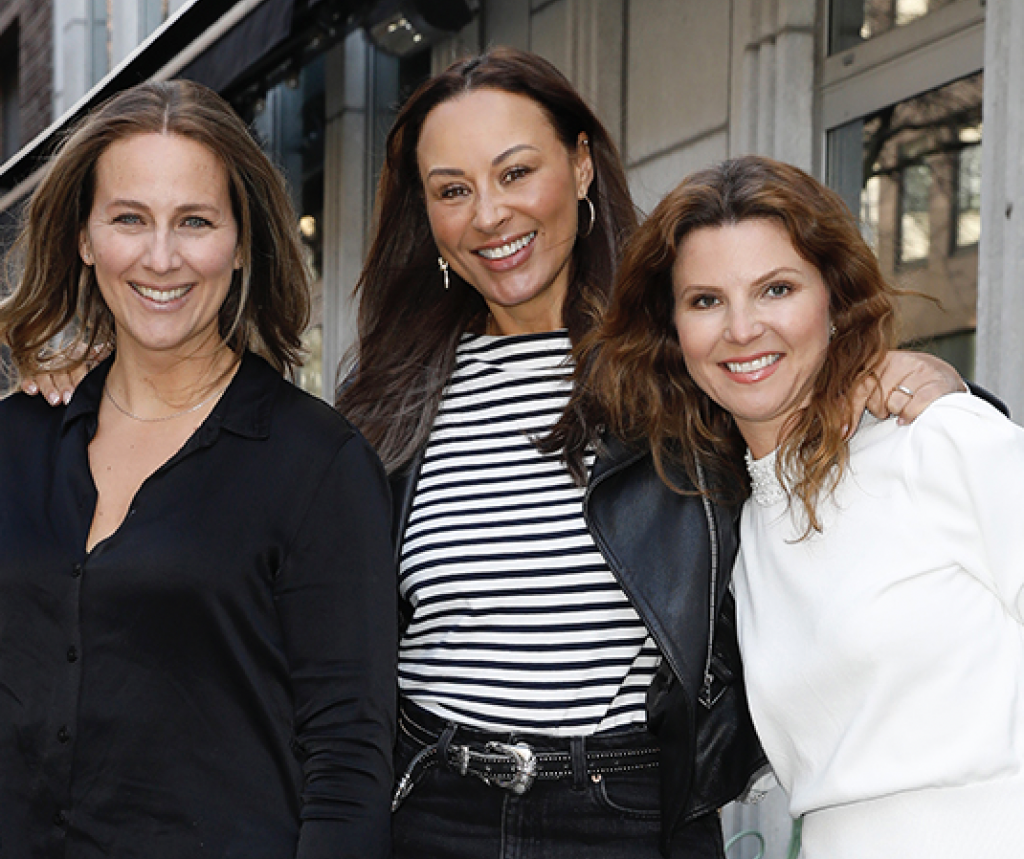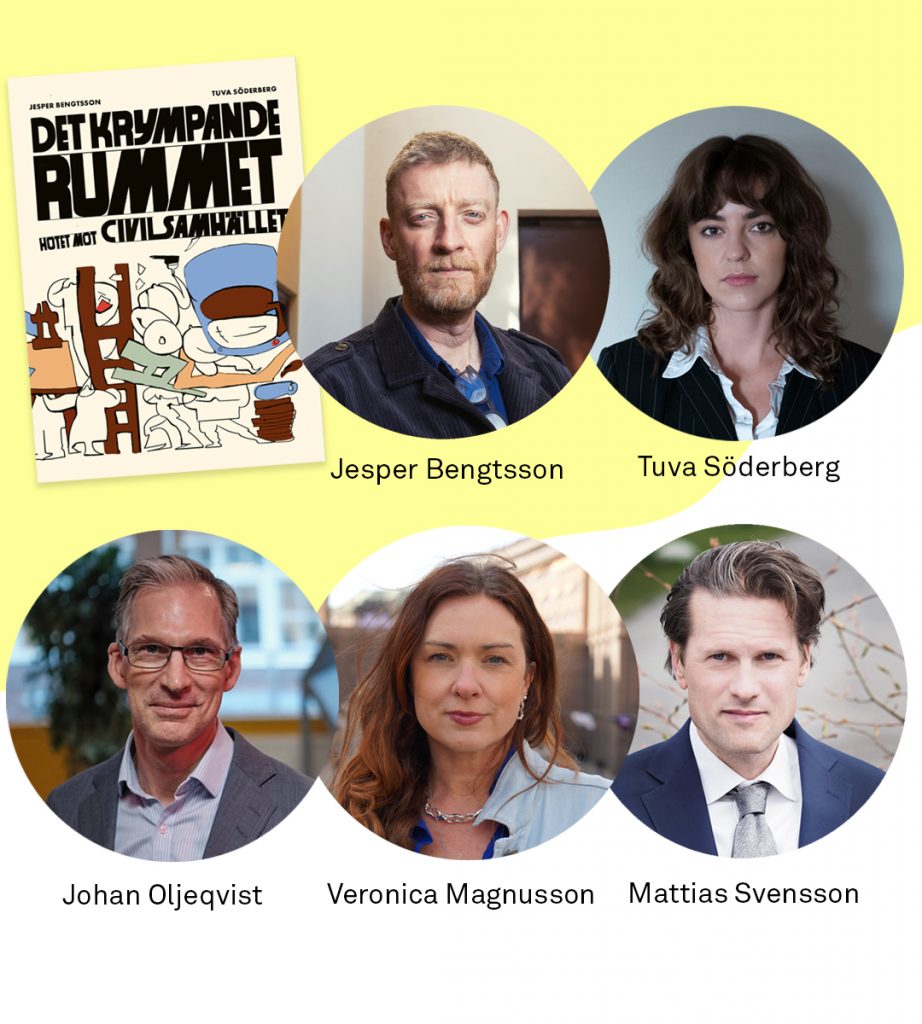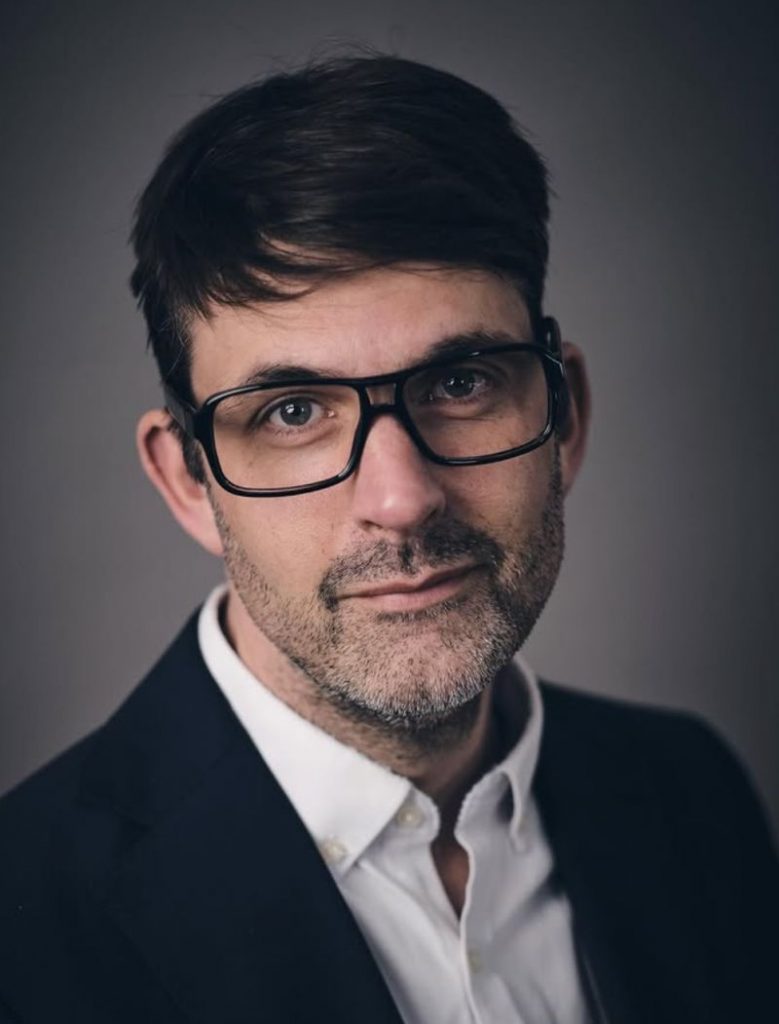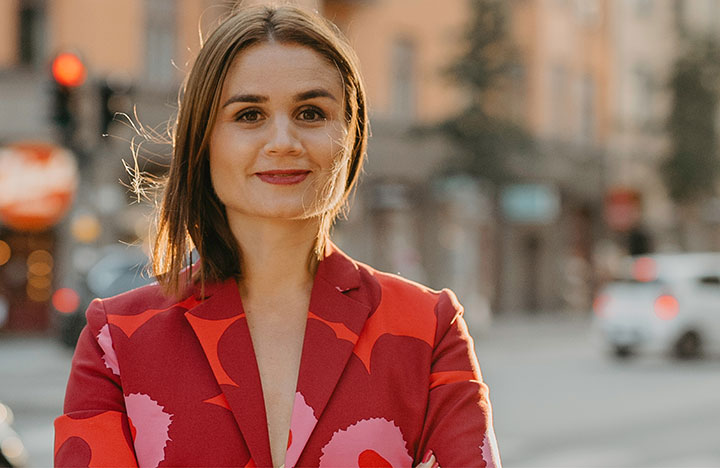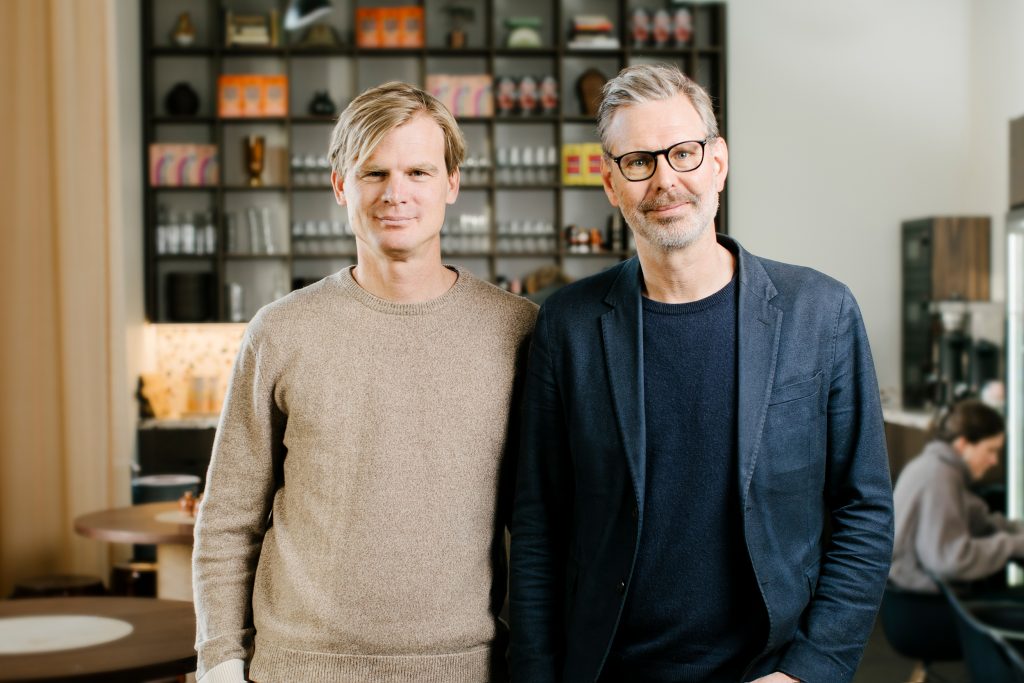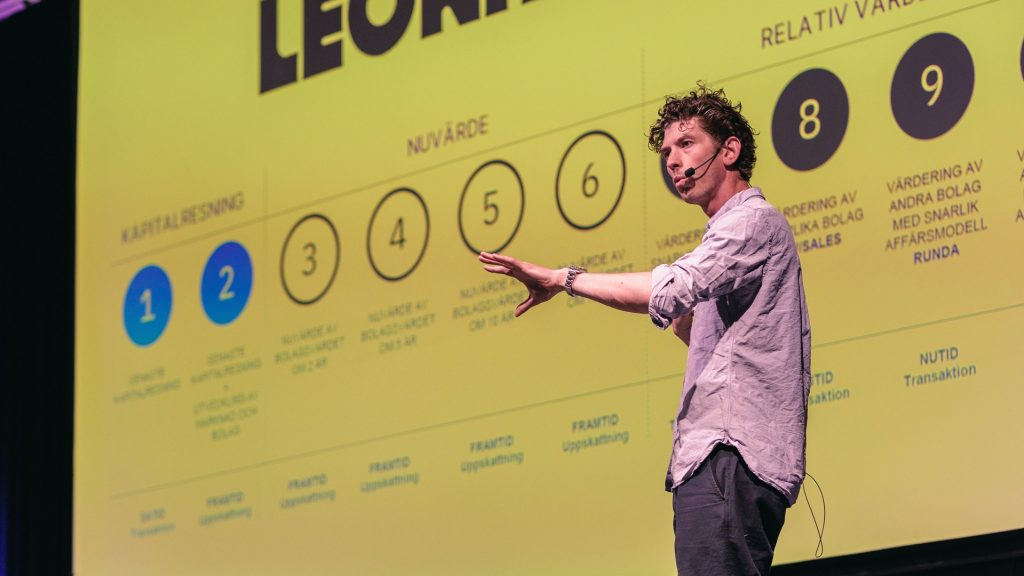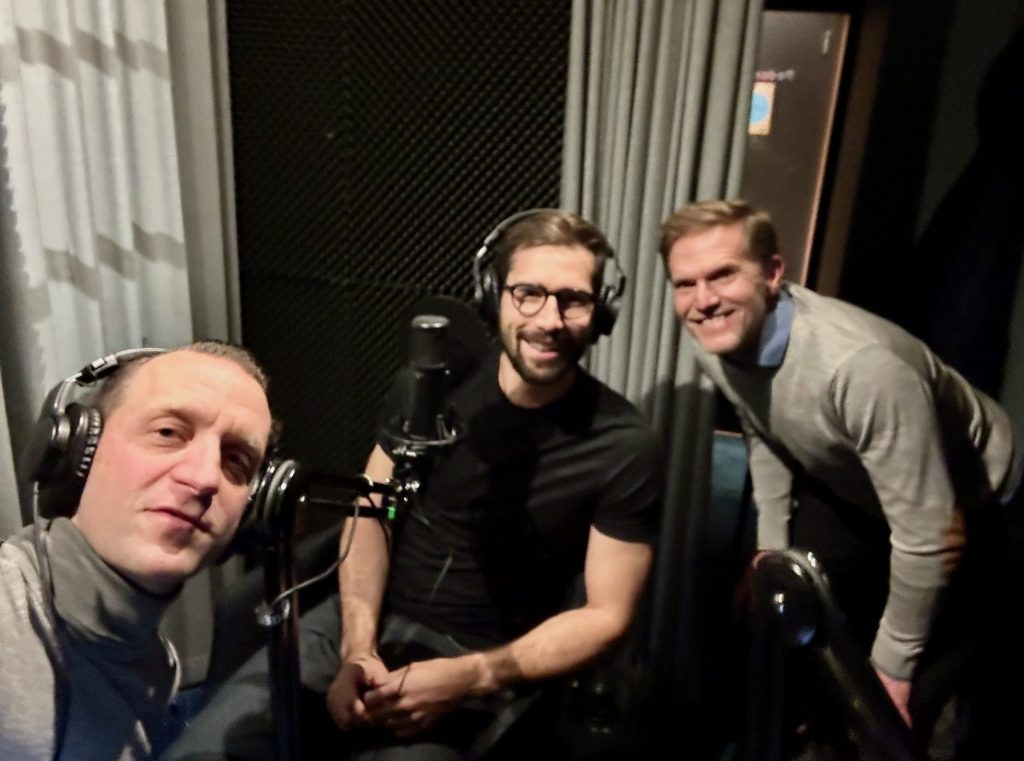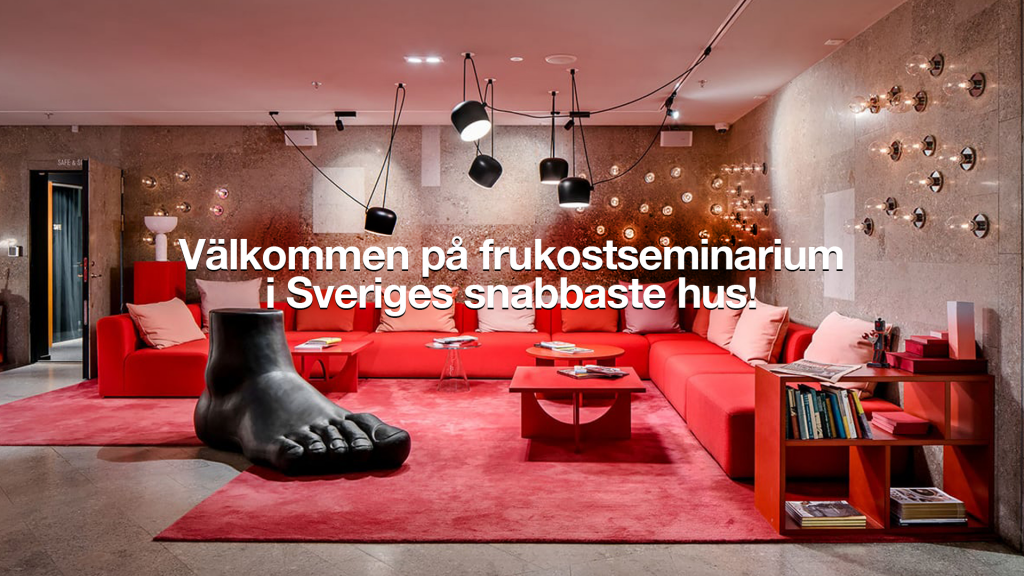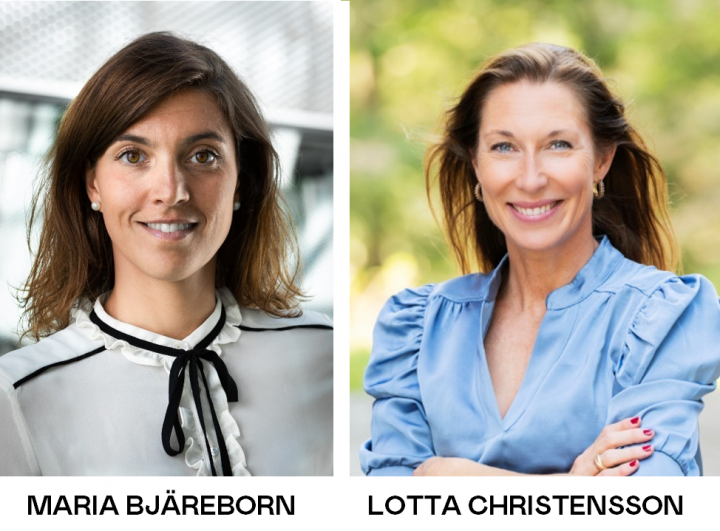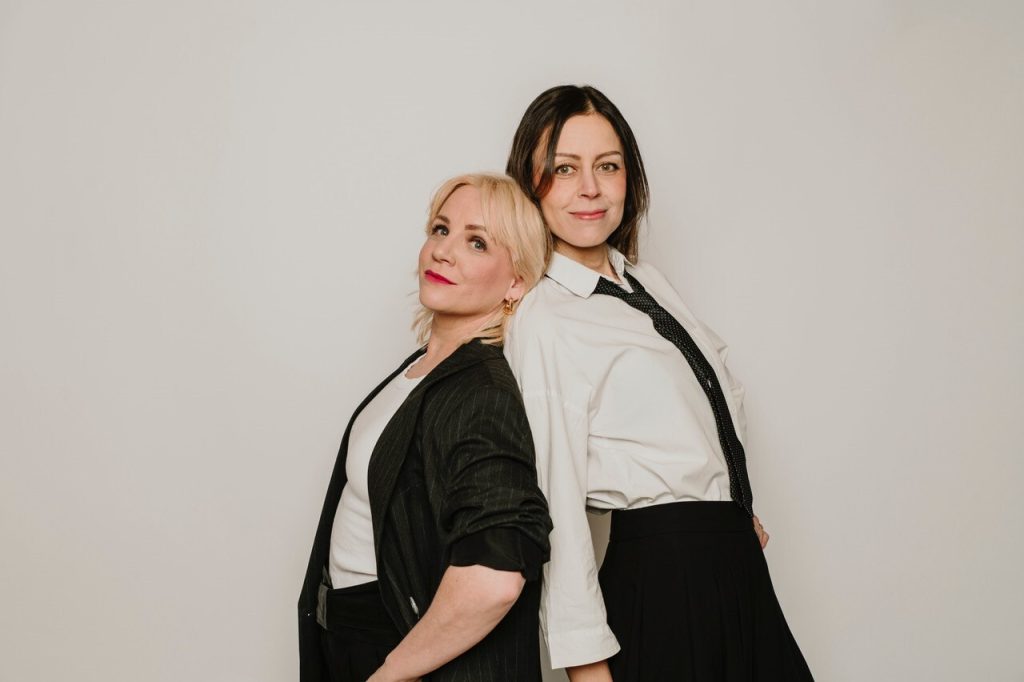Anna Blom have been working as a fashion journalist for 13 years and made interviews with fashion moguls like Stella McCartney and Christopher Bailey and megainfluencers like Gigi Hadid. Today she combines her journalism with independant lectures on Circular fashion.
Have a look at >this teaser<
The talk: Are you just back from panic-buying a top for tonight’s dinner/party/date, that you’ll only use once before leaving it hanging in your closet for months or even years?
Fashion doesn’t only leave sensory imprints – it often leaves dirty footprints. Over the past 15 years the world’s clothing production has more or less doubled. The consequence is a huge waste of resources: more and more collections of low-price clothing with drastically reduced useful lives. Production is also a massive environmental issue.
So what is the fashion industry doing about this? There are a lot of new-thinkers and innovators working towards a closed loop fashion system today: one that doesn’t generate any waste. In my lecture, I will give you five concrete examples of actors in Sweden and internationally who are helping to close the fashion cycle through their exciting initiatives, and tips on what you can do.
For example, circular fashion is a possible way forward: a fashion system where everything has a value. Put very simply, it means that clothes are recycled or biodegradable so that they can be turned into compost when they are no longer useful, as they are made from either an organic fabric (like organic cotton) or a technical fabric (like polyester).
Renting clothes or buying second-hand garments is another option. For as Sandra Roos, researcher at Swedish research program Mistra Future Fashion, has discovered: the largest part of a garment’s negative climate impact occurs during production and when us customers travel to and from the shops. Clothes that are used for twice as long cut the negative environmental impact in half.
It is my understanding that the industry is changing from within, but it takes time. When I held this lecture at prestigious Beckman’s College of Design in Stockholm, it was obvious to me that the fashion students really wanted to start designing with end-of-life in mind right from the drawing table, but they are lacking knowledge and information about the possibilities.
If more students and people in the general public get an insight into the fashion business and start asking questions about who made their clothes and how, this transformation is likely to speed up.
